Wandering Jew
Wandering Jew, scientifically known as Tradescantia zebrina, is a versatile and attractive houseplant known for its vibrant foliage and trailing growth habit. With its striking purple and silver striped leaves, the Wandering Jew adds a touch of beauty and elegance to any indoor setting. This comprehensive guide will explore everything you need to know about Wandering Jew plants, including their origins, care requirements, propagation methods, common issues, and more. By the end of this guide, you will have a comprehensive understanding of Wandering Jew plants and be ready to cultivate and enjoy their unique beauty in your home.
Origins and Description:
Wandering Jew plants are native to Mexico and Central America. They belong to the Commelinaceae family and are herbaceous perennials. The leaves of the Wandering Jew are elongated and ovate with distinctive silver and purple stripes, giving them a striking appearance. The plant grows as a trailing vine, making it an excellent choice for hanging baskets or as a cascading plant on shelves and windowsills.
Light and Temperature:
Wandering Jew plants thrive in bright, indirect light. They can tolerate some direct sunlight, but too much can scorch their leaves. Place them near a window with filtered light or provide artificial light if natural light is limited. These plants prefer temperatures between 60-80°F (15-27°C), making them well-suited for indoor environments.
Watering and Humidity:
Water your Wandering Jew plant when the top inch of soil feels dry. Ensure thorough watering, allowing excess water to drain out. Avoid overwatering, as it can lead to root rot. Wandering Jew plants appreciate moderate humidity levels, so consider misting the leaves or placing a humidifier nearby, especially in dry indoor environments.
Soil and Fertilization:
Plant your Wandering Jew in well-draining potting soil, preferably a mix formulated for houseplants. This allows excess water to drain away, preventing waterlogged conditions. Fertilize the plant every 2-4 weeks during the growing season with a balanced liquid fertilizer, following the package instructions for proper dosage.
Pruning and Propagation:
Pruning is essential to maintain shape and prevent legginess in Wandering Jew plants. Trim back the trailing stems to encourage bushier growth. Wandering Jew plants are easy to propagate through stem cuttings. Take a cutting of a healthy stem, remove the lower leaves, and place it in water or moist soil until roots develop.
Pests and Diseases:
Wandering Jew plants are generally resistant to pests and diseases. However, they can occasionally be affected by common houseplant pests like spider mites or mealybugs. Regularly inspect your plants and promptly treat any infestations using organic or chemical insecticides, following the instructions.
Toxicity:
It’s important to note that Wandering Jew plants are considered mildly toxic to pets and humans if ingested. Keep them out of reach of curious pets and children, and wash your hands after handling the plant to avoid skin irritation.
Varieties:
There are several popular cultivars and varieties of Wandering Jew plants, including Tradescantia zebrina ‘Purpusii’ with darker purple foliage, Tradescantia zebrina ‘Quadricolor’ with pink, purple, and silver variegation, and Tradescantia zebrina ‘Silver Inch Plant’ with broader silver-striped leaves.
Decorative Uses:
Wandering Jew plants make excellent hanging or trailing plants, adding a touch of beauty and colour to any indoor space. They are often used in hanging baskets, mixed planters, or as ground covers in outdoor gardens with suitable climates.
Symbolism and Folklore:
In folklore, the Wandering Jew plant is associated with resilience, adaptability, and wandering nature, reflected in its name. It has also been believed to bring good luck and prosperity to homes.
With its stunning foliage and easy care requirements, the Wandering Jew plant is a delightful addition to any indoor garden or landscape. Following the guidelines and tips in this comprehensive guide, you can successfully cultivate and enjoy the beauty of Wandering Jew plants. Whether you’re a beginner or an experienced gardener, the Wandering Jew will captivate you with its vibrant colours and trailing growth, adding a touch of elegance to your living space.
Things to know about ANTHURIUM
Common (vernacular) Name
एन्थूरियम (Hindi), Anthurium, Flamingo Lily, Flamingo Flower, Painter's Palette, Lace Leaf, Pigtail Plants, Tail Flower and many more.
Botanical Name
Anthurium Andraeanum
Origin
Mexico to Tropical America (Colombia, Ecuador).
Family
Araceae
Plant Type
Tropical plant
Plant Features
Ornamental / Evergreen / Exotic
Life Cycle
Perennial
Landscape Uses
Container Planting and Houseplants.
Species
Belolonchium, Calomystrium, Cardiolonchium, Chamaerepium, Cordatopunctatum, Dactylophyllium, Decurrentia, Digitinervium, Gymnopodium, Leptanthurium, Pachyneurium, Polyphyllium, Polyneurium, Porphyrochitonium, Schizoplacium, Semaeophyllium, Tetraspermium, Urospadix, Xialophyllium.
Varieties
It comes with thousand of different varieties in a diversity of leaf and flower colorations.
Size
Height : 1 to 1.5 feet tall and Width : 1 feet wide when mature.
Indoors or Outdoors
Outdoors : Anthurium can be used outdoors in shady plantings, avoid direct sun light.
Indoors : Excellent plant grow in bright light or indirect light. Best indoor plants for beginners.
Blooming / Flowering
Blooming period is throughout the year.
Flower Colour
It’s come with a contrasting spadix Gold, Yellow, Orange, Pink, White, Green, Purple, Red, Burgundy, Multicolored and Variegated colours.
Lucky Plant
According to Feng Shui, It bring Good Luck in your relationships.
Lighting / Sun Exposure
Bright Indirect Sunlight.
Temperature
Grow best preferably warm temperature above 21°C and can be tolerate max temp. as high as 32°C.
Growth Rate
Anthurium is a slow to moderate growers plant.
Watering
Moderate watering, Mist or over head sprinkler to provide water and to improve relative humidity. Not tolerate overwatering it may cause root damage and yellowing of the leaves.
Fertilizer
Slow-release fertilizer, or a water-soluble liquid fertilizer once or twice in the growing season (Spring through Summer).
i.e. - Cow dung, DAP, Compost, NPK 30-10-10 fertilizer, liquid organic fertilizer etc.
Pruning
Pruning of Anthurium not much is needed. However, trimming away only discolored or dead leaves.
Propagation
Seeds : The best time to sow your Anthurium seeds is in the end of Winter / early Spring but it can't can give good result.
Stem Cuttings : The easier methods of propagation of Anthurium in water or in soil via stem cuttings, and can be done during the warm growing season.
Division : Division of Anthurium can be done in Rainy season, or better in February to March.
Dormancy Period
Month : November to February (winter season)
Shed their leaves and show poor growth, Watering minimally.
Avoid : Propagate, Fertilize and Repotting.
Container
Ceramic Pot, Plastic Pot, Terracotta or Clay Pot is preferred, which ensures good drainage as well as water holding capacity.
Soil Type
A well-drained Loam / Coarse potting soil is recommended as well as water holding capacity. Prevent soggy potting medium.
Our recommendation for potting mix : Equal part mixture of Garden Soil (25%) + Compost (25%) + River Sand (25%) + Cocopeat (25%). You can substitute pieces of Charcoal, Vermicompost, Perlite etc.
Soil pH
Lightly Acidic soil - Ideally 5.5 to 6.5 pH (potential of hydrogen) is recommended for Anthurium.
Repotting
It is advisable to repot the Anthurium every year or two preferably spring to midsummer season.
Maintenance
Low maintenance and easy to grow.
Properties
Toxic or Poisonous to both humans and pets upon ingestion.
Benefits
Excellent indoor air purifier, Anthurium plants turns CO2 into oxygen. It purifies indoor air by removing harmful chemicals like ammonia, toluene, xylene and formaldehyde.
Special Features
Doesn't attract hummingbirds and pollinators like butterflies and bees or wasps.
Infestation / Pests
Aphids, Scale insects, Thrips, Mealy bugs, Spider mites and caterpillars etc.
Diseases / Problem
Physiological Problem : Anthracnose, Leaf Spot and Powdery Mildew.
Bacterial Problem : Bacterial Blight, Bacterial Wilt and Black Nose Disease.
Fungal Problems : Root Rot and Water Mold.
Some Glimpse of ANTHURIUM

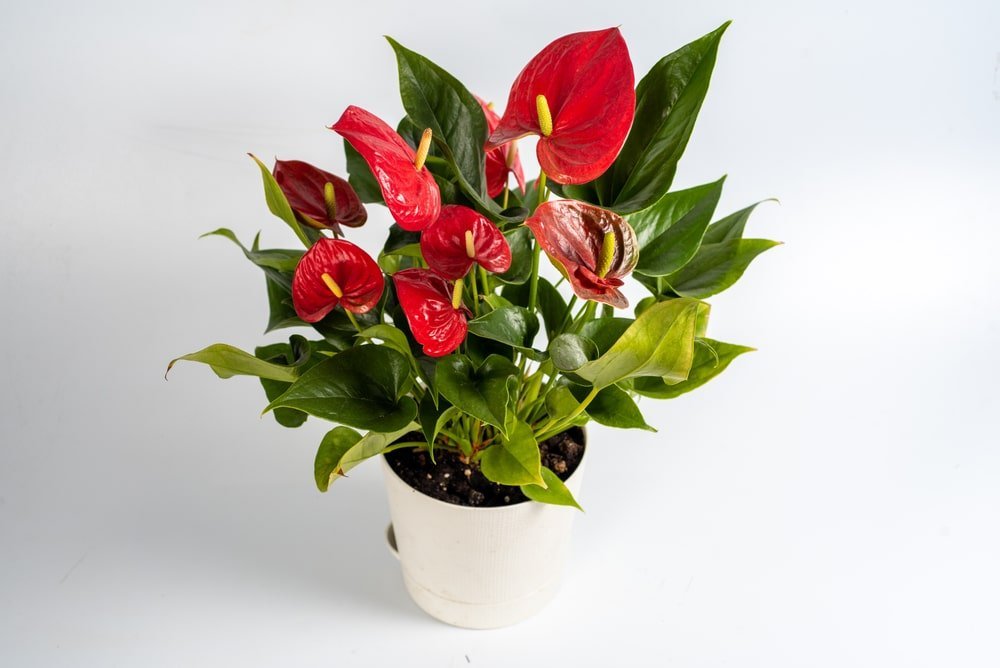
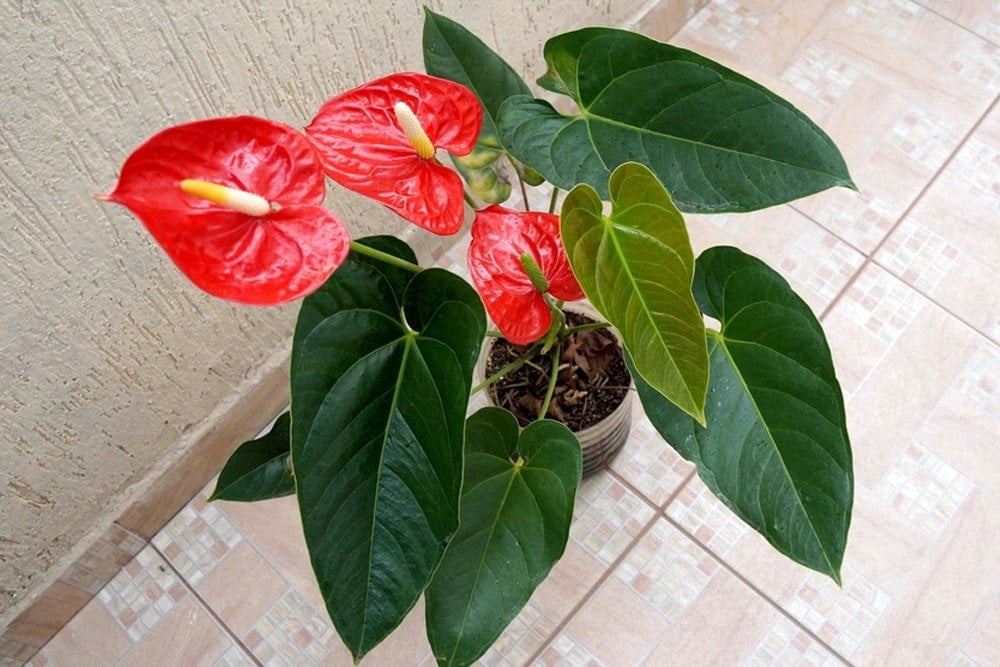



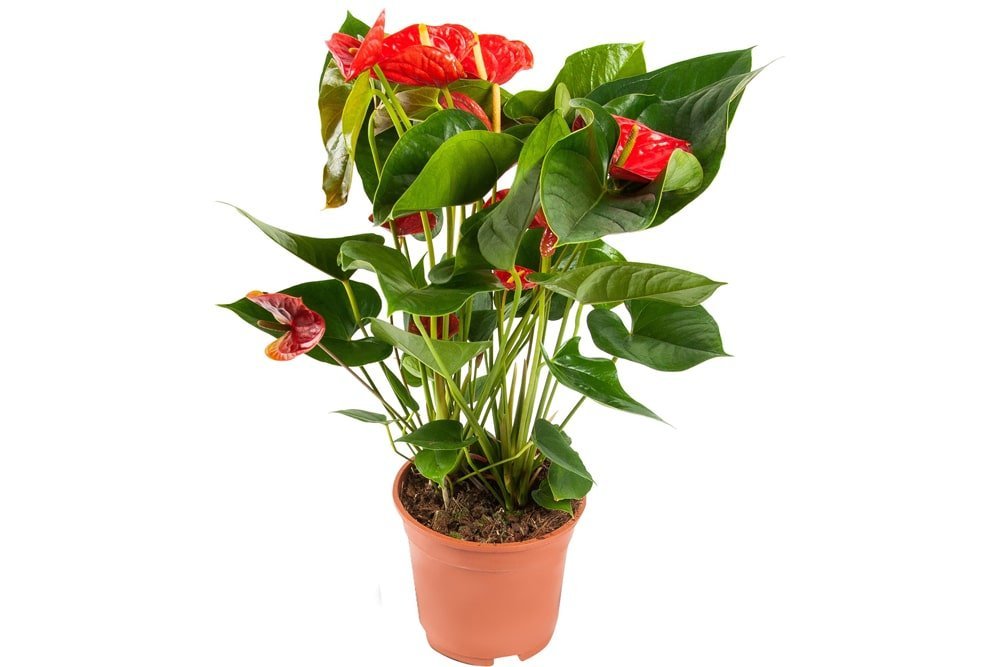


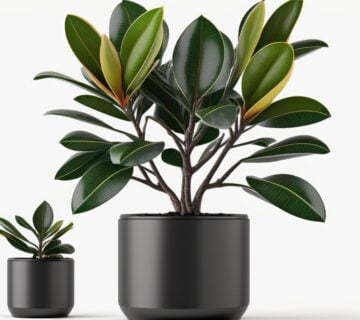
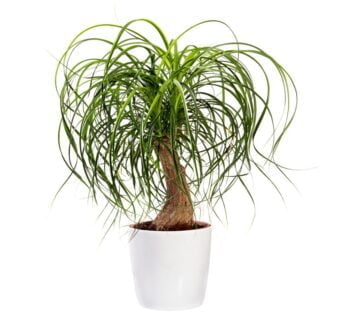
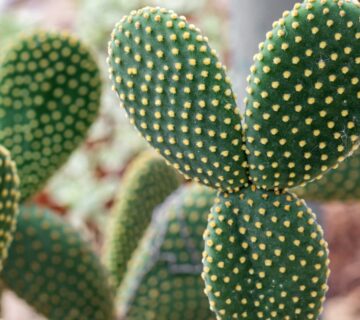
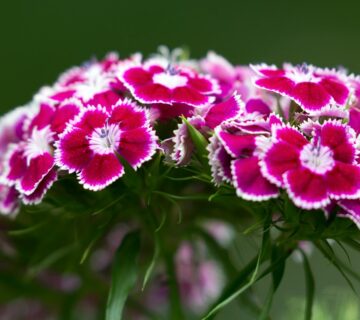
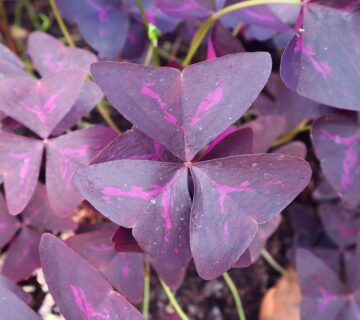

No comment